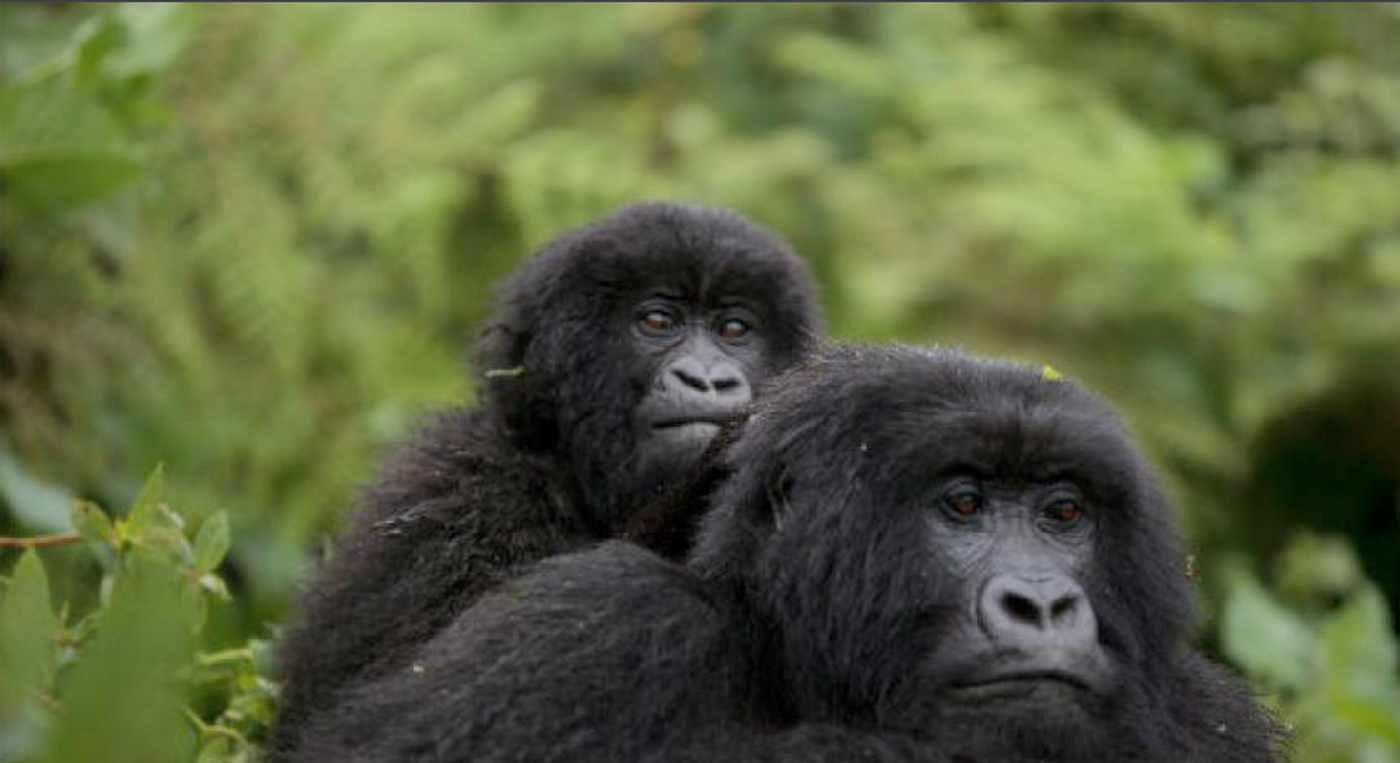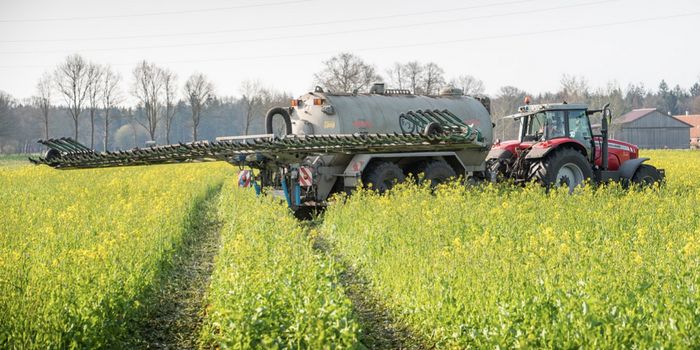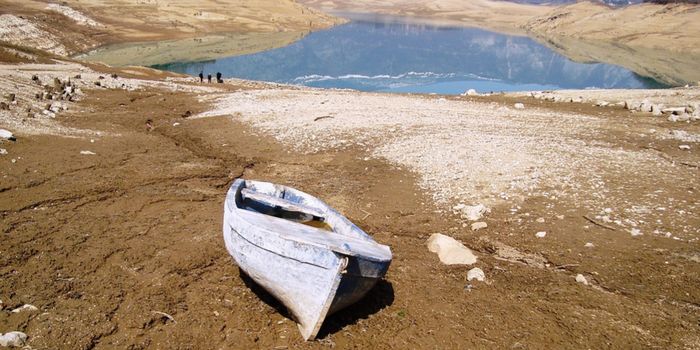Conservationists Report Positive Shift for Mountain Gorilla Populations
The mountain gorilla is one of two subspecies of the Eastern gorilla (Gorilla beringei), a species recognized by the International Union for Conservation of Nature (IUCN) as critically endangered on the firm’s website.
Image Credit: Ludovic Hirlimann/IUCN
Conservationists feared the worst for the humble mountain gorilla after population counts dipped dangerously low in recent years, and the situation looked so dire for the subspecies that the IUCN registered the mountain gorilla as a critically-endangered subspecies.
Fortunately, things finally appear to be looking up.
On Wednesday, the IUCN announced an optimistic update to the mountain gorilla’s conservation status. Following tireless conservation efforts, the firm now recognizes the mountain gorilla as an endangered subspecies – that’s one step in the right direction from being critically-endangered, but we’re not out of the woods yet.
“While it is fantastic news that Mountain Gorillas are increasing in number, this subspecies is still Endangered, and therefore conservation action must continue,” Dr. Liz Williamson of the IUCN’s SCC Primate Specialist Group explained in a public statement.
“Coordinated efforts through a regional action plan and fully implementing IUCN Best Practice guidelines for great ape tourism and disease prevention, which recommend limiting numbers of tourists and preventing any close contact with humans, are critical to ensuring a future for the Mountain Gorilla.”
Related: Koko the sign language-capable gorilla passes away
Endangered still means that the animal is living on the edge of extinction, just less so than when it was critically-endangered. Modern estimates suggest that there are only over 1,000 living specimens in the wild today, a figure up from just 680 approximately ten years ago.
Given the circumstances, easing continued conservation efforts on the grounds of a single victory could just as quickly send the mountain gorilla’s numbers back in the other direction. Conservationists don’t want that, so efforts to protect the animals will continue.
“Mountain Gorilla habitat is restricted to protected areas covering approximately 792 km in two locations in the Democratic Republic of the Congo, Rwanda and Uganda – the Virunga Massif and Bwindi-Sarambwe,” the IUCN writes.
Related: Gorilla shot dead in public zoo after a small boy became trapped inside of its enclosure
These regions are surrounded by lands that are highly cultivated for agriculture, and there’s no sign that this will be letting up anytime soon. Furthermore, mountain gorillas are often victims of illegal poaching and diseases spread by humans. The odds are against these magnificent creatures, and that’s why conservationists have their backs.
We can only cross our fingers and hope that mountain gorilla populations will continue to rise with the aid of continued conservation efforts. All in all, only time will tell.









